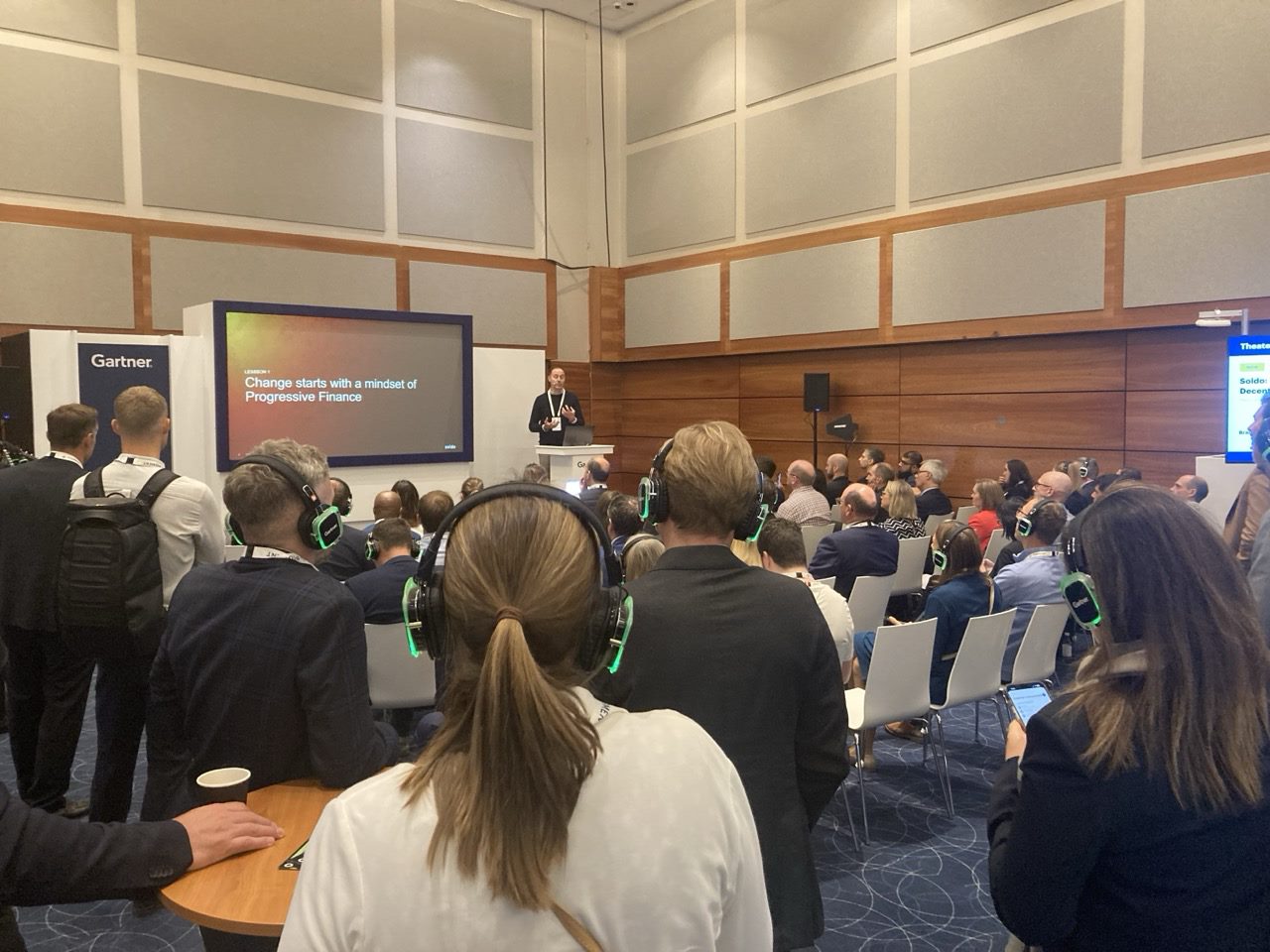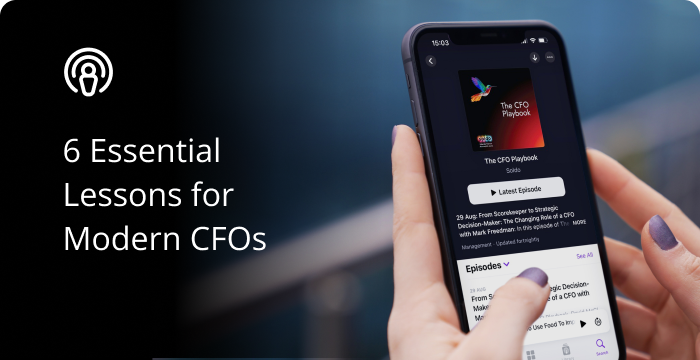An interview with Dr Naeema Pasha, Director of Henley Careers, Henley Business School
Naeema leads the Henley Careers team, who enable people to get the jobs they want and businesses to recruit the talent they need. She is a Principal Practitioner with the Association of Business Psychologists. Prepaid card provider, Soldo, ask her about her recent research around the Future of Work. It has provided the foundation for analysis of a range of influences on work, from AI, Climate Change, Diversity and Inclusion to Generations. Her doctoral research on managing careers in uncertainty sheds light on key factors that enable us to take a positive, proactive stance in uncertain times. She is currently investigating Ethics in AI.
Remote working is no longer a nice-to-have: it’s a part of modern business strategy and culture. But it’s a double-edged sword. Get it right and you’ll improve productivity; get it wrong and employee engagement and efficiency break down. Which is why, at Soldo, we want to provide you with more than just a toolkit for remote-workers. In this interview series, Soldo is working with leading academics and business experts to give you the bigger picture on remote working: from management to wellbeing, finance to HR.
In your work at Henley Business School, you and your team have created a model with three stages of remote working. Can you take us through them?
Sure. The first stage is Mobilisation, in which businesses and their employees get together what they need. It can take months of planning to get a proper corporate remote-working strategy into place; because it represents a serious shift in work patterns.
The key to Mobilisation is to enable people to understand what is required of them. Much of the stress and confusion in workplaces happens when people feel their role isn’t clear: uncertainty about the boundaries of their role and others, or how to act. So Mobilisation demands clarity.
Next comes a Support stage, where managers and employers strive to enable people in this new style of working. This is not about equipment but instead includes all the things that you’d want to agree as a manager with your teams; for example:
- Agreeing the new work patterns.
- Deciding on appropriate communication – frequency, channels etc.
- Ensuring that informal ‘water cooler’ communication still happens.
- And how managers are going to manage. They’ll have to let go of any micromanagement instinct – because that option has gone!
In the Support stage, leaders must look into evolved ways of managing, inspiring and engaging their staff.
Then we move into a Steady state stage; the new normal. Speaking remotely becomes the normal way to conduct a meeting. Setting up Zoom meetings ceases to feel unusual. In the Steady state, the basics of remote working have been resolved, which then allows managers to start refining their approach to productivity policy and their own leadership styles.
It’s worth mentioning that there are contexts in which there’s a fourth stage. Usually, remote working is a business decision, but the Covid-19 crisis caused thousands of people to work from home very rapidly, by mandate rather than choice. In that case there is a fourth stage where remote workers return to the office environment. We call this Reconnect & Revive, and it acknowledges that mindsets might then have changed. People who have worked remotely usually want more workplace flexibility and more online tools. They might not want to commute so often – either because they dislike it intrinsically, or for environmental reasons. If you have remote workers who return to the office environment, expect to see some degree of permanent change in their attitudes and needs. Some will ask whether the business needs everyone in the workplace at the same time. Equally, others will never want to work from home again – “too much proximity to the fridge is not good for me!”
A workplace gives many people security. It gives them structure and they therefore feel safe at work. For some, precisely because it has rules, the workplace may be the most predictable and reliable place in an otherwise more chaotic life. It’s essential therefore that managers appreciate that, when an organisation shifts to remote working, different employees will react differently to the opportunity. For some it will be a joy; others will find it frightening.
It seems to me also that the workplace plays a really important role in establishing a sense of normality. When we go to work, there are rules. Working remotely, there are fewer rules.
Yes – in the workplace we have a simple identity. Remotely, we may have many. I saw a lovely note on Twitter recently from a barrister: “When you see mummy in this room, she’s organising cases. She’s not able to respond to you being hungry.” It can be really testing – at home you’re always juggling multiple responsibilities.
A workplace also gives many people security. It gives them structure and they therefore feel safe at work. For some, precisely because it has rules, the workplace may be the most predictable and reliable place in an otherwise more chaotic life. It’s essential therefore that managers appreciate that, when an organisation shifts to remote working, different employees will react differently to the opportunity. For some it will be a joy; others will find it frightening.
How do you choose the right communication tools?
We looked at the different tools available and realised that they offer gradations of formality. Video-conferencing is more of a formal channel – planned and synchronous (conversations happening in real-time). Emails and WhatsApp groups, for example, are less formal, require less time or effort, and emails are asynchronous (not real-time, slower conversations).
Use the right communication tools for the right scenario, based on formality, and make life easy for teams by sharing what works for the organisation and what doesn’t. The latest brand strategy probably belongs on email or a Google Doc; but there’s still room for water-cooler moments on WhatsApp.
Also, remember that people have different attitudes to video-conferencing with tools like Zoom and Microsoft Teams. Many people feel very uncomfortable being on video – far more uncomfortable than being in a meeting room for the first time. It can feel very exposed. If possible, allow those less confident with video to participate audio-only.
Are we more productive in the office or elsewhere?
Many managers initially think that shifting everything online will deliver the same level of productivity as was seen in the office environment. Research from China shows that moving from the office to remote-working initially led to a drop in productivity. Then, as people started getting used to their new way of working, productivity began to increase; but not quite to the same degree as was seen in the office.
Perhaps that’s because the work is different, the way we work remotely is different, or perhaps we don’t work in the same way without other people around us. It’s also highly likely that dealing with family issues at the same time and in the same space as work is always challenging.
Either way, eventually employees settle into a rhythm that works for them. That settling takes time. Employers must acknowledge that remote working is an adaptive process for employees. Don’t expect them to be up and running at full tilt within a week; and give them support to get the most out of the transition. Employers must also be tolerant and flexible so that people can still cater to their families rather than feeling ‘digital presenteeism’ – the obligation to be available online 24/7 for work requirements.
What are your ground rules for remote working?
Every company is different, so the expectations will change, but there are some fundamental rules around clarity and honesty on both sides. Managers must specify what good performance looks like, for both teams and individuals. They should set clear expectations: on this project, what delivery can we expect, what quality can we achieve?
I would also say that there is a ground rule for building a team, in that everyone in the team should contribute. They should attend meetings and come up with ideas instead of staying silent. In the remote world, it’s easy for employees to get lost in the noise –make sure that everyone has the chance to contribute, because some team members may need a little nudge. Encouraging participation is a very subtle new function of good leadership.
I had a video-conference meeting yesterday and noticed some characters who hadn’t spoken, so I asked for their thoughts. As a manager of remote workers, in some ways meetings are where you have to manage most. For those who are feeling really awkward, the software usually has a chat box where thoughts can at least be logged. Either way, there’s no excuse for anyone being left behind, but remote working is definitely going to force managers to look at how they build and inspire their teams.
So how should they inspire their teams?
Actually, the most important characteristic is trust. Some traditional managers felt that they had to ‘walk the floor’ constantly, to see what their teams were up to. That sort of micromanagement definitely no longer works.
Smart managers are now going to be enablers. They will help their remote teams to achieve more. Once a routine has been established, the best managers will set the course, establish priorities and lead meetings etc. – but then leave teams themselves to get the job done.
It’s tempting to micromanage for some. But remote workers can buy back huge amounts of time by not commuting and sitting in meetings, and companies are discovering that value. We’re all realising that we didn’t need 40 people to sit around a table for three hours, half of them checking their emails. We can work differently, and managers must lead the charge.
Many businesses have already got the message about agile teams – what we sometimes call “distributed leadership”, where people work very effectively in small, tightly-knit and connected teams on clearly defined projects, with less management interference. It’s a management philosophy that’s already happening in many organisations. We know that agile works particularly well face-to-face, and there’s no reason it shouldn’t work remotely with interactions happening online.
What matters, then, is how those people come together, maintain dialogue and feed back to the whole team. It’s important to have a structure for reconnecting; to share ideas and ways to keep those high-performance teams motivated.
So there’s a slightly increased management workload and perhaps an admin workload as well…
I’d call it a ‘facilitative’ workload – we have to recognise that people must take new responsibilities. If we’re going to work remotely, employers and managers must have more trust instead of checking up on staff, and those individuals must recognize that they’ll need a little self-motivation and self-discipline, which is hard when you’re at home and want to chill out on the sofa!
And that facilitation role is not exclusive to remote workers. When we think about agile structures, somebody still has to take responsibility for shaping the nature of the team. It doesn’t have to be a manager – the point is that it’s a facilitating role.
How is the HR role changing for a remote working scenario?
We have our own recruitment round coming up and we’re conducting interviews via Zoom.
But there is an issue here. Henley has conducted research that suggests that whilst we can always create team development, engagement, disciplinaries, hiring, firing etc. – there is something about face-to-face contact that stimulates us more meaningfully. The eye-to-eye contact in a physical space stimulates the bonding hormone.
That isn’t going to be a part of the remote working engagement scenario. Imagine a process like a disciplinary: I think that is going to be very difficult to perform remotely.
So irrespective of any legal employee implications of remote-working, if the HR role is meant to be a people-focused role, they will need to think very carefully about even the most basic HR activities. In fact, I think all leadership is going to be tested: in the remote world, engagement is different; leaders have to work much harder with each individual.
Different generations need different degrees of support to make remote working work. But that’s not just about technology. It’s about the world you grew up in, isn’t it?
Let me caveat first that we’re all different. We’re all personalities with a whole range of influences, so you can’t expect the fault lines in remote working to be generational alone. If nothing else, a young person in the workplace will have a different approach to someone who has worked for 40+ years simply because of their different degrees of experience.
But we did some research that looked at four generations in the workplace; and rather than being specifically generational, we found that certain technological influences happen to a group of people around the world at a particular time. When the iPhone arrived, for example, it was a transformational technology. People were empowered to communicate differently. Facebook became popular and communication across social media became commonplace.
So it is technologies, not generations, that influence culture and attitudes to work. And as technology continues to evolve faster, so those cultures and attitudes are changing faster too.
For example, one of the points borne out in our research which most managers will already know is that Millennials and Generation Z prize flexibility and will happily trade pay for flexibility. That includes the flexibility to work from anywhere in the world, to take sabbaticals and to work to flexible hours.
But interestingly, the data tells us that whilst Generation Z wants flexibility (Henley’s research shows that 67% want flexible working and 63% want to be able to choose their own technologies at work), they are less keen on their managers having flexibility. They want the freedom to work from the coffee shop, but they want their manager to be on tap for support and guidance. They see management as a support role which does not necessarily allow for the same flexible regime. We all want flexibility on our terms, within our cultural context.
Smart managers are now going to be enablers. They will help their remote teams to achieve more. Once a routine has been established, the best managers will set the course, establish priorities and lead meetings etc. – but then leave teams themselves to get the job done.
Is there a role for government in supporting remote working?
I’m quite a fan of organisations leading with minimal influence from the government, but it is still the government’s role to ensure a strong legal environment and the infrastructure for effective and smooth business. I don’t want interference, but I want them to support organisations like the CBI and Chambers of Commerce; who then influence trade bodies, who then influence employers. Similarly, we also need trade unions who lobby for fair pay, safety standards, fair time off etc. We should be looking for a fair environment in which employers still have the autonomy to set the direction of their business.
You specialise in the longer-term understanding of careers. Is the remote-working revolution a chance to change the way we think about our careers in general?
The nature of work is going to change. Work is going to be blended with technology. Some of our work is going to be taken over by tools like AI; which may in some respects be welcome, but we’re going to have to adjust to new ways of working.
These changes mean one critical thing: uncertainty. Change is going to be so continuous that we must all have what I would call an evolutionary approach to jobs, or we won’t survive in the workplace. We will all have to constantly reassess ourselves and make intelligent decisions to shift skills and move forward.
At the same time, I imagine that we’re going to work for longer in our lives; so again we have to recognize that our work won’t say the same; we will probably need to look at multiple career areas across a lifetime. Or, if we stay on one career path, that career itself will change in character. Either way, if we want to stay economically active, we will need to look at our skills development.
Now, this is something that companies can help with, and workplace flexibility is a key tool. The freedoms of remote working (including often the time saved by a lack of commuting), the idea of a four-day week, or flexible working hours, all make finding the time to invest in skills easier.
The greater responsibility involved in remote working is also of value in itself. The one critical quality for career resilience that came out of our research was self-reliance. It came through in all my data. When you have self-reliance, you are far better placed for a changing workplace, and remote workers are definitely investing in self-reliance, even if they don’t know it at the time.
Key Takeaways
- There are three stages to a successful remote-working regime: mobilisation (preparation, establishment of the regime), support (helping employees understand their remote workplace and optimising for productivity), and the steady state (operational excellence)
- Sometimes the traditional office is a place of calm and predictability, whereas the home environment is not. Managers need to be sensitive to this challenge.
- Communications tools vary by ease of use, speed, formality and many other criteria. Pick the right tool for the job!
- Not everybody is comfortable on video, so give people other options (audio only, meetings at times when children might not intrude etc.)
- Productivity in a remote working regime will dip during the early phases, until employees find their rhythm.
- Managers must be crystal clear with remote workers as to their expectations – “what good looks like”.
- It’s easy for less confident remote workers to get lost in the noise of more vocal colleagues. Managers must nurture them and encourage them to contribute.
- Micromanagement no longer works. Smart managers are facilitators, enabling their teams to achieve more, rather than monitoring them to achieve the same as yesterday.
- HR is exceptionally challenging with remote workers. Without face-to-face contact, tough conversations (hiring, firing, disciplinaries etc.) will be much harder.
- People of different ages have different experiences of technology; which will in turn influence their attitudes to remote working.
- Remote working encourages self-reliance, a key skill in the modern careers market.
This interview is part of a series by Soldo, the prepaid company card solution that makes your expense accounting simple. You can read more interviews from Soldo’s interview series here.












